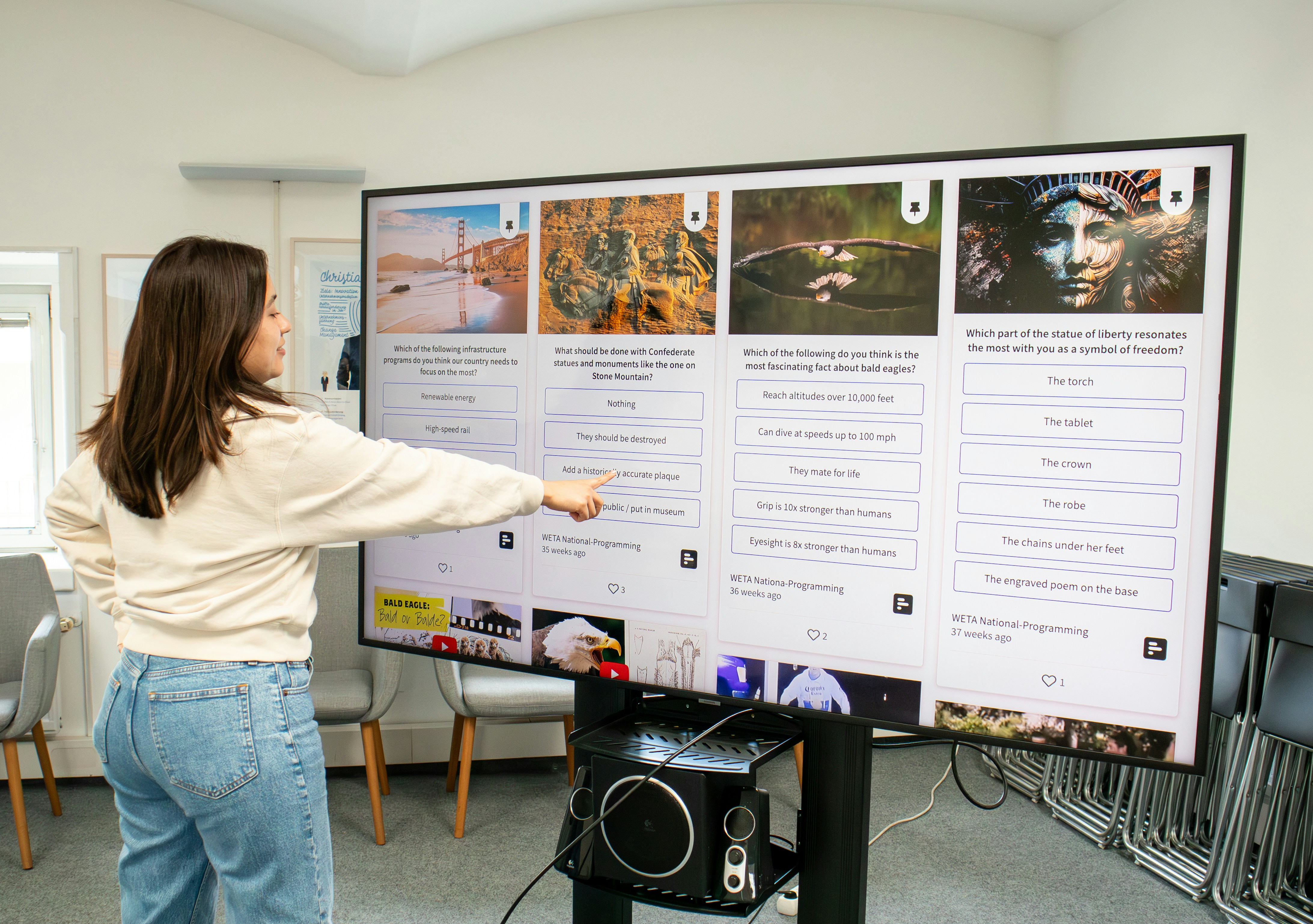PlasCarb project’s sixth month meeting took place on 4-5 June 2014 in Bordeaux, France, at the Centre de Recherche Paul Pascal – CNRS. During this two-day meeting the PlasCarb project partners gathered to discuss the project’s achievements and the upcoming challenges.
The aim of the PlasCarb project (Innovative plasma based transformation of food waste into high value graphitic carbon and renewable hydrogen – a 3-year long project co-funded under the European Union’s Seventh Framework Programme (FP7)) to transform food waste into graphitic carbon and renewable hydrogen, therefore one of the key point of our agenda was to discuss the utilization opportunities of the graphite and its form, and one in particular - graphene.

What is graphene? Why is it so unique? How can this material be used?
Yes, these were my very first questions when I became part of the project team. As a project manager, you have to understand the scientific basis of your project, even if you are not directly involved in the research work; therefore, I jumped into the scientific world of graphene.
What is graphene?
Graphene is fundamentally a single layer of carbon atoms. Since 1859, many scientists were looking for graphene by conducting different experiments, but the first crystals of graphene were discovered only in 2004 by two scientists, Andre Geim and Konstantin Novoselov. The scientists were awarded the Nobel Prize in Physics in 2010. Since then, many research groups all over the world have focussed on graphene research and experiments.
Why is it so unique?
This material is the first 2D atomic crystal ever known, the thinnest object ever obtained, and the world’s strongest material - it is remarkably strong for its very low weight (harder than diamond and stronger than steel) and it conducts heat and electricity with great efficiency [1] - it is very elastic and impermeable to any molecules ... the list goes on. [2]
How can this material be used?
Graphene has a number of attractive properties; therefore it has great potential to be used in a myriad of industries - especially in terms of industrial applications for optical and electronic devices - and for a range of purposes. For example, graphene can be used in optical electronics, ultrafiltration, composite materials, photovoltaic cells, biological engineering or in energy storage as a supercapacitor. [3]
Industrial scale production of graphene is still not available and the current technologies are extremely expensive. Here comes the challenge for PlasCarb, to provide accessible technology for graphene production by using a basic and fundamental feedstock, namely food waste.
If you would like to know how the PlasCarb technology will work and what the achievements of the project will be, please check out the project’s website www.plascarb.eu and register for updates on PlasCarb.
[1] Wikipedia – Graphene http://en.wikipedia.org/wiki/Graphene
[2] Graphene Flagship http://graphene-flagship.eu/?page_id=34




